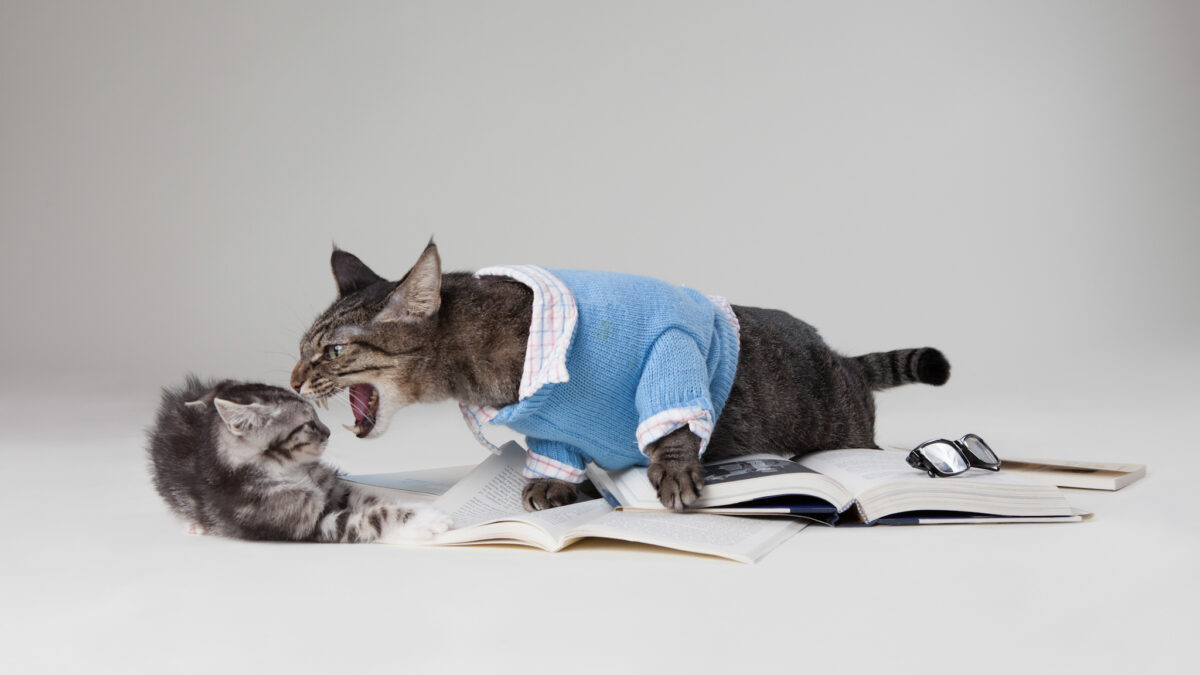
Sports Illustrated, never one to shy away from pushing boundaries (albeit usually downward) is once again in the press. This time, it isn’t for taking a trip down south. Instead, it’s about the decision to include plus-size model Ashley Graham on one of three covers for the annual swimsuit edition.
It’s telling that the same year the magazine puts a woman with a little more cushion for the pushin’ on the cover they also decide to put out the issue with two other covers — both graced by models with traditional swimsuit bodies. It’s almost like they were afraid that plus-sized model Ashley Graham wouldn’t be able to sell enough magazines on her own and got skittish. Way to embrace positivity! By sending the message that maybe America isn’t ready for a plus-sized edition of the swimsuit issue.
Before we go on, we have to point out that Ashley Graham looks smoking hot.
We mean, for the record, this was our reaction to the cover:
Why Do Body Positivity Campaigns Try To Diminish Women?
She’s a departure from the norm, and that’s not such a bad thing. On the other hand, there are a few sizes—15 according to our numbers—between size 0 and size 16. Don’t get us wrong, we think it’s great the magazine is using a model who looks like she eats lunch on the regular. But why does it always seem that whenever a publication or a company uses a woman who isn’t a size 0, they swing for the fences? They pick women who rest on the larger end of the continuum, and skip sizes 4, 6, and 8.
In fact, there doesn’t seem to be a lot of body diversity at all in many of the more famous campaigns for “real women.” Dove’s “Real Beauty” campaign, to point out another lauded example of body positivity, features a number of women all who seem to be around the same size, which is to say that they intentionally left out thinner women.
As such, is all of this talk surrounding “body positivity” really such a great thing after all? Is commercializing women and loudly pointing out that they are not thin really going to make us not notice the difference between a size 0 and a size 12?
Well, no. But companies like Dove and Lush Cosmetics are selling a product, and most women to whom they are pitching do not look like the models who typically grace the cover of Sports Illustrated’s swimsuit edition, nor do they look like the models who catwalk a Victoria’s Secret runway.
It makes sense for companies to aim marketing campaigns at actual consumers by picking women who actually look like their consumers. It also makes sense for a magazine that peddles flesh to chose a very curvaceous woman who looks great in a swimsuit. But let’s not fool ourselves by pretending that this is anything but an advertising campaign guised as activism.
Let’s Face It, Most American Women Are Overweight
In a TED Talk last year, Graham told the women of the audience that most of them were considered “plus sized.” She went on to decry this as a bad thing, saying women should reject the unfair labels the industry was handing out.
Graham is right—most American women are considered “plus sized”—but what she failed to mention is this is largely because we’re losing a battle with an obesity epidemic. Most Americans (roughly two-thirds of adults including women) are overweight, and nearly a third are obese. So while it’s important for women to have an opinion of themselves that exists outside of the noise of the digital world, it’s not the best idea to encourage everyone to ignore a problem that shaves an average of 6.5 years from one’s life.
Moreover, it’s time we ask ourselves at what point do we cross the line from embracing a broader range of the female form to tacitly endorsing obesity? The majority of the body positivity campaign embraces the latter. In the interest of supposedly moving beyond our very human predilection to notice the physical appearance of those of the opposite sex, we’re making the conversation wholly about physical appearance.
This isn’t to say the body positivity movement deserves nothing but scorn; it doesn’t. On the other hand, it also doesn’t deserve to be venerated as the greatest thing since sliced bread, and not just because many Americans are bloated and carb-laden. While humans come in all shapes and sizes, some of those shapes and sizes are in more need of contouring than others. Shame doesn’t offer much support there. Mostly it just makes people afraid to put forth effort and hungry for another slice of bread, if not pie.
But wholesale acceptance of anything and everything, every shape and size, disincentives us to work for something better. That’s where the body positivity movement — and focus on appearance — get it wrong. Yes, we are more than our appearance, but that doesn’t mean we should just tear open a package of cupcakes and sit down while reveling in our elastic waistbands.
So kudos, Sports Illustrated, for breaking out and showing that variety is the spice of life and that beauty isn’t a formula, but don’t try to lecture us about body positivity, because we can see right through you.









